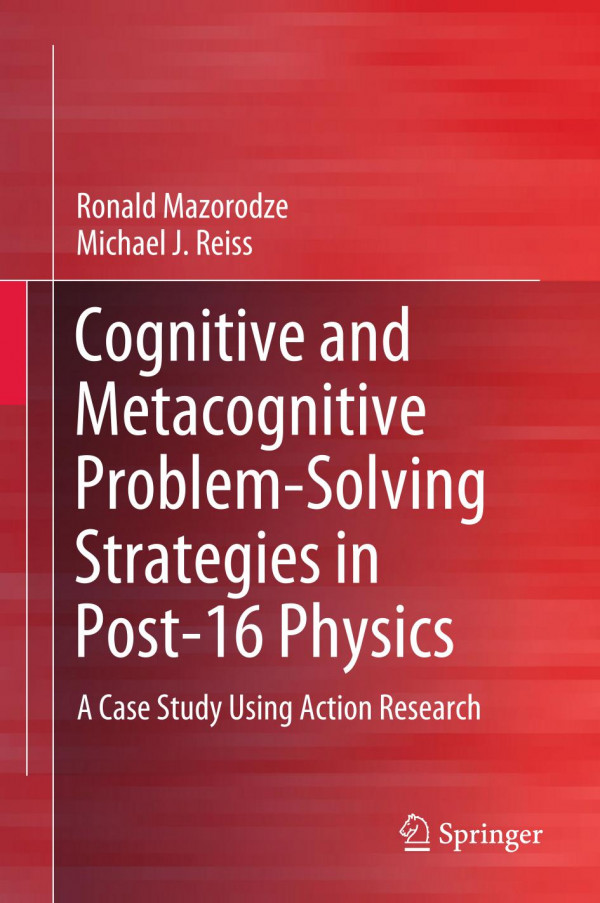

Most ebook files are in PDF format, so you can easily read them using various software such as Foxit Reader or directly on the Google Chrome browser.
Some ebook files are released by publishers in other formats such as .awz, .mobi, .epub, .fb2, etc. You may need to install specific software to read these formats on mobile/PC, such as Calibre.
Please read the tutorial at this link. https://ebooknice.com/page/post?id=faq
We offer FREE conversion to the popular formats you request; however, this may take some time. Therefore, right after payment, please email us, and we will try to provide the service as quickly as possible.
For some exceptional file formats or broken links (if any), please refrain from opening any disputes. Instead, email us first, and we will try to assist within a maximum of 6 hours.
EbookNice Team

Status:
Available4.6
22 reviewsThis book reports on a study on physics problem solving in real classrooms situations.
Problem solving plays a pivotal role in the physics curriculum at all levels. However, physics students’ performance in problem solving all too often remains limited to basic routine problems, with evidence of poor performance in solving problems that go beyond equation retrieval and substitution. Adopting an action research methodology, the study bridges the `research-practical divide´ by explicitly teaching physics problem-solving strategies through collaborative group problem-solving sessions embedded within the curriculum. Data were collected using external assessments and video recordings of individual and collaborative group problem-solving sessions by 16-18 year-olds. The analysis revealed a positive shift in the students’ problem-solving patterns, both at group and individual level. Students demonstrated a deliberate, well-planned deployment of the taught strategies. The marked positive shifts in collaborative competences, cognitive competences, metacognitive processing and increased self-efficacy are positively correlated with attainment in problem solving in physics. However, this shift proved to be due to different mechanisms triggered in the different students.